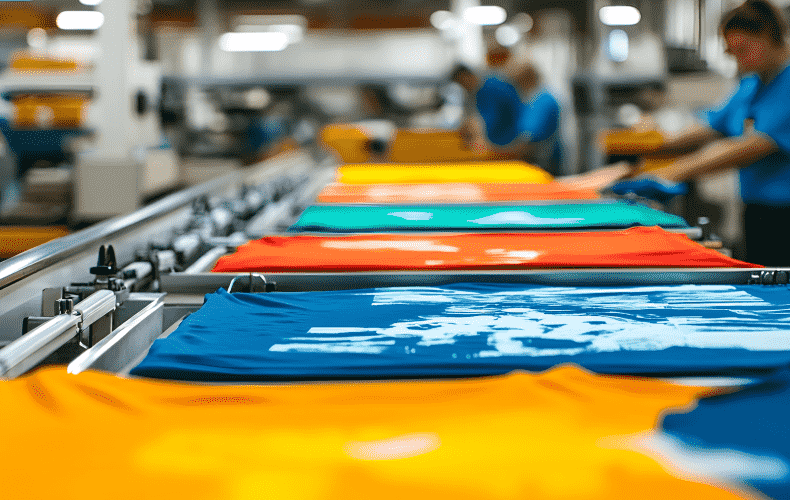
Crypto Investment Entry and Exit Strategies of Institutional Investors
Section: Business
Droplets flying through the air when sneezing and coughing spread the corona virus Sars-CoV-2, but tiny droplets floating in the air as aerosol also apparently play a considerable role in the transmission of the pathogen.
The Covid-19 pathogen is transmitted from person to person. This is why the reduction of interpersonal contacts during the lockdown was so effective in slowing down the spread. However, it is still unclear exactly how the virus is transmitted. Most infections are probably caused by droplets produced when sneezing and coughing. A mouthguard should stop or at least slow them down.
But also when speaking, people emit saliva droplets. However, these are much smaller. Each of these microdroplets therefore contains fewer viruses than one large drop. On the other hand, the microdroplets are so light that they do not sink to the ground, but can float in the air as an aerosol for a longer period of time.
US researchers from the National Institute of Diabetes and Digestive and Kidney Diseases (NIDDK) wanted to know how long the droplets can remain in the air. For their study (link: https://www.pnas.org/content/early/2020/05/12/2006874117), which appeared in the journal PNAS on 13 May 2020, they had a subject in a closed room repeat the phrase "Stay healthy!" aloud for 25 seconds. A laser projecting into the room illuminated the droplets to make them visible and thus countable. The result: On average, the droplets remained in the air for 12 minutes.
Based on the concentration of the corona virus in saliva, the scientists calculated that more than a thousand virus-laden droplets could be produced every minute of loud speech. These droplets then remain in the air in a closed room for at least eight minutes.
However, the result of the NIDDK scientists does not prove how high the risk of infection via aerosols actually is. RNA, i.e. the genetic material of sars CoV-2 viruses, was detected in the air breathed by Covid-19 patients and in the air in patient rooms. According to the SARS-CoV-2 profile of the Robert Koch Institute RKI (as of 07 May 2020), there are no studies on viruses capable of reproduction in aerosols. The RKI is therefore very cautious about the importance of aerosols in transmission.
"Even if a final evaluation is difficult to make at this point in time, the studies to date indicate overall that SARS-CoV-2 viruses can also be transmitted via aerosols in social contact in special situations". SARS-CoV-2 profile of the RKI
Christian Drosten, Head of Virology at the Charité in Berlin, is more courageous in this respect and, on the other hand, dares to assess the current research situation. In the 40th episode of a German TV podcast "Das Coronavirus-Update" from 12 May 2020, he comments on the results of studies from China, the USA and Great Britain, which have proven or calculated the importance of aerosols for transmission:
"When I sum it all up, my gut feeling is that almost half of the transmission is aerosol, almost half of the transmission is droplet, and perhaps ten percent of transmission is smear or contact infection."
Recommendations for everyday life had to be derived from this. For example, Drosten considers it dangerous to sit close together in a room. Under the open sky, however, one could behave differently:
"Restaurants that have patios and outdoor areas should be encouraged to use these areas in particular. I would also go so far as to say that a two-metre distance is probably not even necessary outdoors, because the virus, which is spread via aerosol transmission, blows away anyway when you are outside".

Section: Business

Section: Arts

Section: Arts

Section: Business

Section: Business

Section: Arts

Section: Health

Section: Arts

Section: News

Section: News
Health Insurance in Germany is compulsory and sometimes complicated, not to mention expensive. As an expat, you are required to navigate this landscape within weeks of arriving, so check our FAQ on PKV. For our guide on resources and access to agents who can give you a competitive quote, try our PKV Cost comparison tool.
Germany is famous for its medical expertise and extensive number of hospitals and clinics. See this comprehensive directory of hospitals and clinics across the country, complete with links to their websites, addresses, contact info, and specializations/services.
One of the most beautiful squares transforms into a summer stage every year for two days. The Gärtnerplatz Open-Air features a free music and cultural program across three stages, as well as street food from local vendors. On Saturday, the main stage at Gärtnerplatz offers something for everyone,...



No comments yet. Be the first to comment!